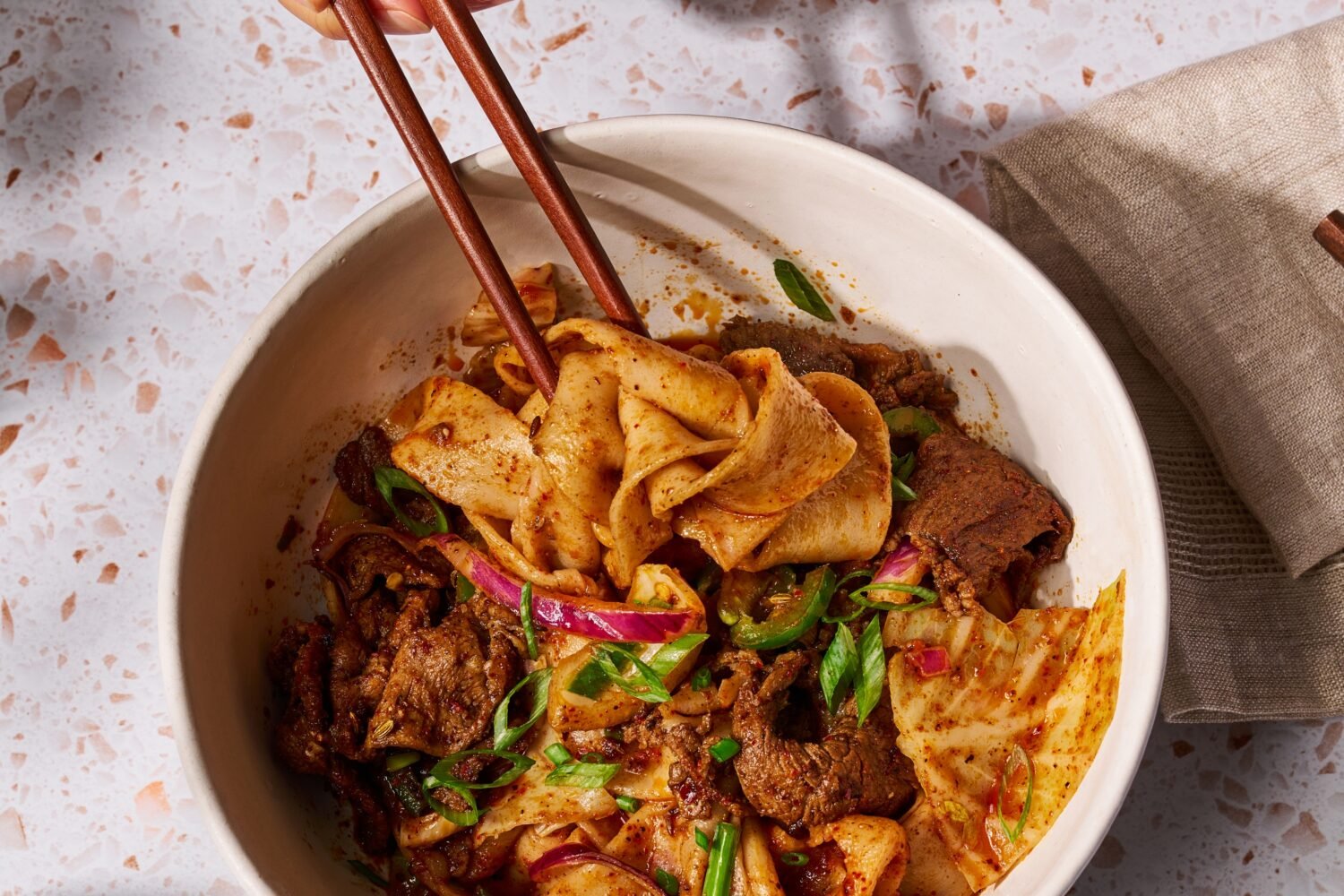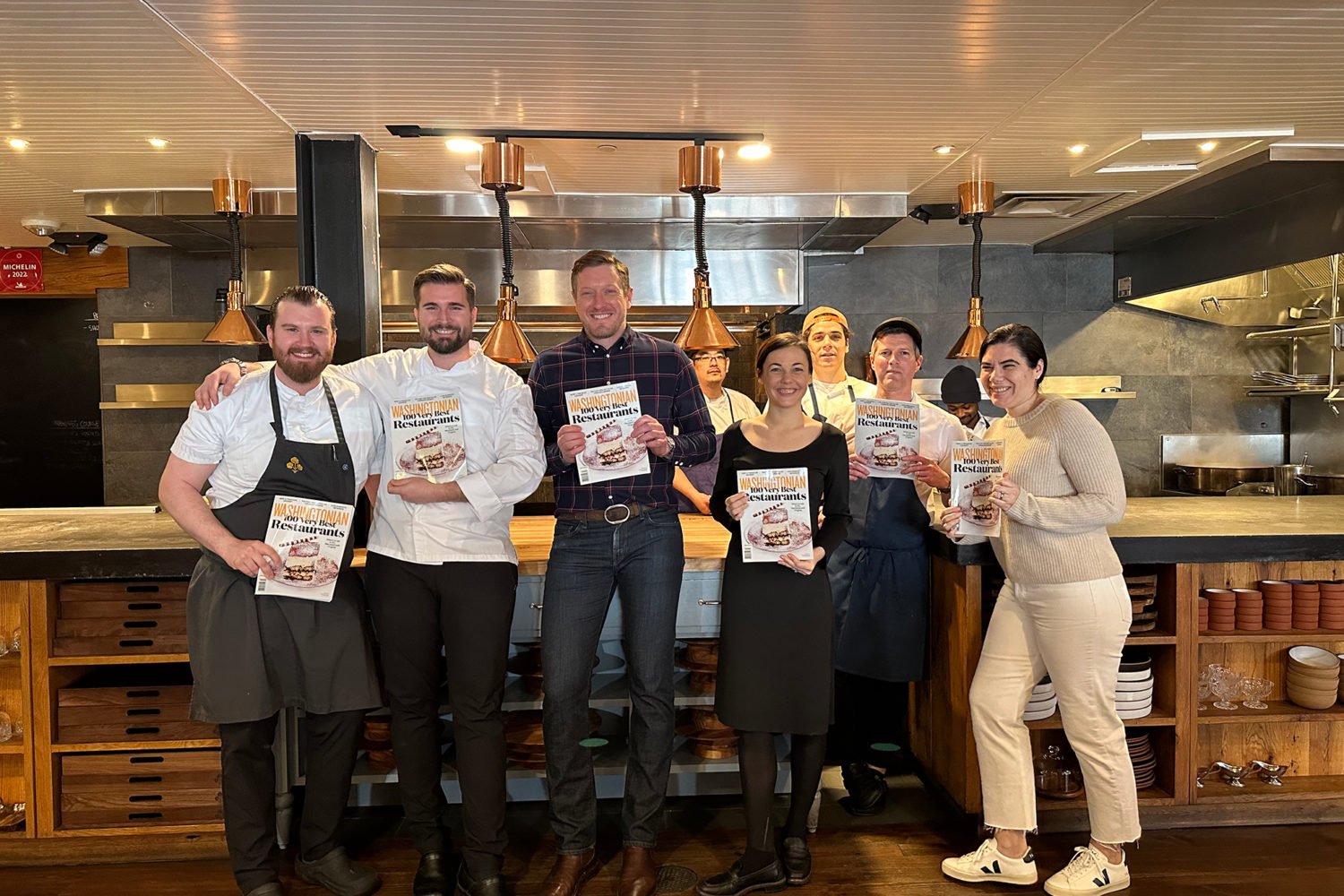You know about the Chesapeake Bay’s crabs and oysters, but more and more, chefs are plumbing local waters for less familiar catches. For Jeremiah Langhorne, chef/owner of the Dabney (122 Blagden Alley, NW), sugar toads were the proverbial jackpot: as delicious as they were abundant. The trick? Getting people past the name—no, they aren’t frogs. They’re a tiny species of pufferfish with a wonderfully clean, sweet, mild flavor. “Exactly the kind of thing fishermen would save to eat for themselves while selling all the commercial stuff,” Langhorne says. At his Shaw restaurant, he treats sugar toads like Buffalo wings, and the result is one of the best bar snacks we’ve had in recent memory. Here’s how he makes them.
- “They’re a bit of a hassle,” Langhorne says. Sugar toads are usually delivered with their heads removed, but cooks still have to trim their fins and carefully peel away an outer membrane—sort of like a minuscule monkfish. “It’s a lot of tedious handiwork.”
- Next, they get dunked in a buttermilk marinade spiked with hot sauce and salt, then they’re dredged in seasoned flour. The secret is to let them sit for a little while so the flour hydrates—that helps create nooks, crannies, and crispy bits (the same technique that accounts for the difference between great and forgettable fried chicken). The fish are dunked and dredged once more, then deep-fried for a few minutes.
- They go straight from the fryer into a glaze made from local honey, house-made hot sauce, and benne seeds (toasty-flavored cousins to sesame seeds).
- Their last stop is the serving bowl, pooled with an homage to ranch dressing, which includes buttermilk, a Pecorino-style cheese from Pennsylvania, mayo, and the herb mixture that goes into many of Langhorne’s dishes—equal parts chopped parsley, chervil, tarragon, and chive. The fish are sided with a small salad and sprinkled with more benne seeds and chives.
- If you order sugar toads, put down the fork and knife. “The number-one thing is trying to get people to eat them with their hands,” Langhorne says. “I think that’s the best way to eat a lot of things.”
This article appears in the April 2017 issue of Washingtonian.
















